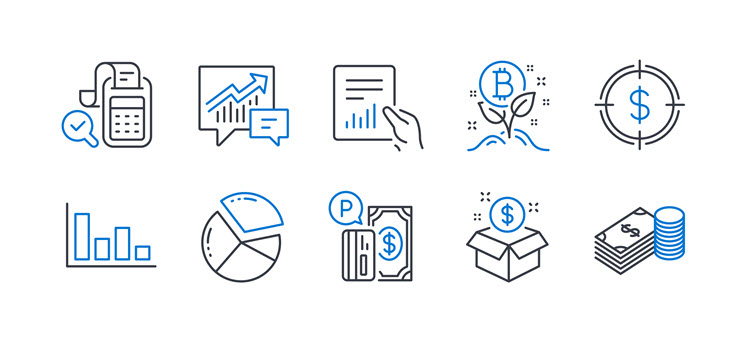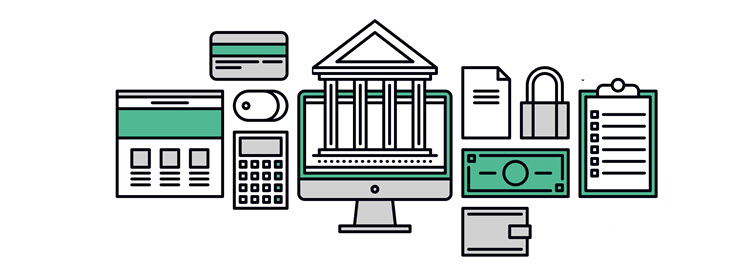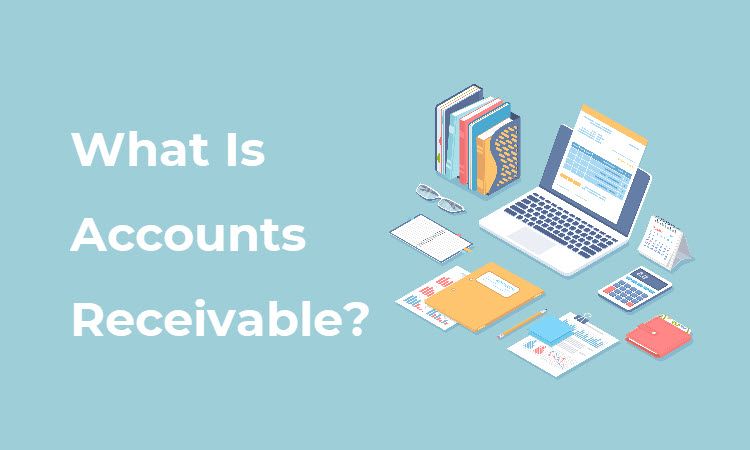Accounts receivable are an essential aspect of ecommerce accounting and represent the payments that a company expects from its customers for goods and services already provided.
When managed effectively, accounts receivable go unnoticed. But, when mishandled, they can lead to cash flow issues and debt, which can destabilize a business.
This article will explore accounts receivable and how to manage them effectively.
Accounts Receivable Definition
Accounts receivable, or receivables, is an accounting term that refers to short-term debt customers owe to a business for products or services that they have received but have not paid for yet.
Receivables are listed as a current asset on the balance sheet. They represent funds the company expects to receive relatively quickly. This level of liquidity means receivables can be used as collateral for loans and are considered a part of a company’s working capital.
The accounting department usually handles the day-to-day management of receivables. Depending on the company’s size, a single bookkeeper or an entire team can be dedicated to receivables. One of their primary tasks is collecting payments by making phone calls and sending emails to customers and the accounts payable departments of other companies.
Accounts Receivable vs. Accounts Payable
Accounts payable are the opposite of accounts receivable. They refer to a company’s short-term debt to its vendors, suppliers, and other creditors.
Accounts payable are a liability because they represent money that a company must pay within a short timeframe. Payables do not include expenses such as payroll or long-term debt like mortgages but include payments on long-term debt.
Accounts receivable and payable must be managed separately, with different individuals in charge. This separation is considered a fundamental accounting principle and a crucial internal control measure that reduces the risk of fraud and embezzlement.
Accounts Receivable in B2B vs. B2C
Accounts receivable can be business-to-business (B2B) or business-to-customer (B2C). B2B and B2C receivables have some key differences:
- Credit terms. B2B sales generally give extended credit terms, meaning businesses wait longer to receive payment from their business customers.
- Invoicing. B2B commerce commonly requires more complex invoicing and documentation than B2C.
- Credit evaluation. B2B transactions typically involve a more thorough assessment of a customer’s creditworthiness and sometimes require a deposit or advance payment.
- Order size. Trading between businesses usually involves longer-term arrangements that include larger order sizes, higher dollar amounts, and recurring payments.
- Payment methods. B2B transactions involve various payment methods such as checks, wire transfers, and ACH payments, while B2C transactions are mostly done with credit cards.
- Payment terms. B2B transactions may have more specific payment terms like net 30 or net 60, meaning the customer has 30 or 60 days to pay the invoice.
- Sales volume. B2B transactions tend to have lower sales volume than B2C transactions but higher dollar amounts per transaction.

Why Do You Need to Track Accounts Receivable?
Tracking accounts receivable is essential for managing cash flow and gauging a company’s ability to meet its short-term obligations. Accounts receivable are also vital for accurate financial reporting. Balance sheets and income statements provide a clear picture of a company’s assets and liquidity.
For example, by analyzing the accounts receivable turnover ratio a company can measure how many times it has collected its receivables during an accounting period. This number provides an assessment of the business’s effectiveness in collecting outstanding debts.
Further examination of receivables allows a business to establish its days sales outstanding (DSO). This metric measures the average number of days it takes to collect payment after a sale, with high numbers pointing to a problem with cash flow.
Tracking and analyzing receivables help identify any issues with customer payment patterns. It also enables a company to implement stricter credit terms if needed or create a more efficient way of following up on outstanding invoices. A business can also evaluate their customers’ creditworthiness and use that information to make better decisions about extending credit in the future.
Because it provides an accurate record of customer payments, closely monitoring receivables also enables the detection of potential fraud or billing errors before a company incurs serious losses.

Note: Stay ahead of fraudsters with our guide on the best practices of ecommerce fraud prevention.
Accounts Receivable Example
Understanding how receivables work is easier with an example:
- A consulting firm offers IT services to businesses, and they bill their clients hourly and offer credit terms of net 30 days.
- On the 5th of the month, the consulting firm completes 40 hours of work for one of its clients and sends it an invoice for $5,000 ($125/hour).
- The invoice is now an account receivable on the consulting firm’s balance sheet. The client pays the invoice on the 25th of the month, and the receivable is removed from the balance sheet and recorded as cash.
- However, if the client does not pay the invoice on the 25th of the month, it continues to be a receivable, and the consulting firm must follow up on the payment next month.

Note: Streamline your online payments with CCBill, a secure and reliable payment processing solution for ecommerce businesses.
Accounts Receivable Best Practices
When dealing with accounts receivable, keep the following best practices in mind:
- Maintain open and frequent communication with clients to avoid errors and misunderstandings leading to unpaid invoices. If you follow up early and often, you will discover that most outstanding payments are due to a legitimate reason, allowing you time to address the rarer cases where a customer deliberately delays payment.
- Establish a consistent internal process for handling accounts receivable, including regular invoice creation, mailing, and follow-up on overdue payments. Additionally, establish a process for documenting all client interactions and transactions to assist in bookkeeping, collection, or legal proceedings in the worst-case scenario.
- Double-check your customers have received the invoices you sent. You can also use this opportunity to ask for feedback on your product or service.
- Offer credit with moderate terms and evaluate the creditworthiness of your clients before extending credit. If a customer is not paying their invoices on time, you may need to tighten controls on their account and significantly reduce the credit limit.
- Automate and streamline accounts receivable management by utilizing accounting software.
Conclusion
Accounts receivable are a snapshot of a company’s liquidity and ability to meet short-term obligations. With efficient receivables management, a business maintains positive cash flow and reduces the risk of bad debts.
Monitoring and analyzing the performance of accounts receivable enables businesses to make informed decisions and improve their financial performance and chances of success.
